New Rubin Museum of Art exhibition features nearly 100 masks and costumes from diverse cultures
NEW YORK, NY.- Across culture and time, masks have served to imbue power, transform identity, and connect people with each other and with their sense of the divine and the spiritual. The Rubin Museum of Art delves into the significance of masks to peoples across the globe, showcasing their diverse uses and meanings, in the exhibition Becoming Another: The Power of Masks. On view March 13, 2015 – February 8, 2016, the exhibition highlights stunning masks and costumes from across the globe, including Siberia, the Himalayas, Mongolia, Japan, and the Northwest Coast of America, examining the striking similarities and distinct differences in practices across these distinct cultures.
Dance Mask Bhairava, Mongolia; 20th century? Papier-mâché. Rubin Museum of Art C2006.52.10 (HAR 65716).
Featuring nearly 100 masks ranging from the 15th – 20th centuries, the exhibition is organized around three predominant cultural practices: shamanism, communal ritual, and theatrical performance. The shaman medium uses a mask to communicate with or take on the identity of a supernatural entity. In communal ritual, masks are used as part of a broader social function to achieve a benefit for the group. Masks are also an important aspect of storytelling, whether an oral tradition or a theatrical performance. For many cultures, these uses are fluid and intermingled and the exhibition explores the juxtapositions created by these diverse functions as well as the implications on both individual and communal identity.
Mask for Ritual Dance, Mongolia, Tibet, or China; 19th–20th century. Papier-mâché with yak or horse hair. Rubin Museum of Art, C2003.8.1 (HAR 65190).
“The Rubin Museum of Art holds a rich collection of visually-arresting masks and costumes from the Himalayas, India and neighboring regions, many of which are rarely exhibited. We are very much looking forward to sharing this lesser-known aspect of our collection with our diverse audiences,” said Patrick Sears, the Rubin Museum’s Executive Director. “The broad scope of the exhibition, drawn both from our collection and other important collections around the world, highlights the universality and timelessness of masks and we look forward to seeing them engage our visitors’ imaginations.”
Curated by Jan Van Alphen, the Rubin Museum’s Director of Exhibitions, Collections, and Research, the exhibition guides visitors through a geographic and function- focused narrative. Several small groupings of masks explore cross-cultural similarities and differences in both form and type. The exhibition also features three exquisite full costumes paired with masks, including a shaman’s costume, an oracle costume, and a Cham dance costume.
Mask of Begtse; Mongolia; early 20th century; papier-mâché, coral, metal, fabric. Rubin Museum of Art
Highlights from the exhibition include:
• A bear/land otter mask of Tlingit origin from the 19th century. The mask is exemplary of those used by shamans of the Northwest Coast of America in connecting with animal spirits. During a performance, a shaman would seek the help of or take the identity of the spirit—sometimes changing identities several times throughout by changing masks.
Bear-Land Otter Mask; Tlingit; 19th century; Wood, opercula, moose hide, animal hide, pigment; President and Fellows of Harvard College, Peabody Museum of Archaeology and Ethnology, Harvard University.
• Shaman’s costume and attire from Mongolia from the early 20th century. This costume set features helping spirits rendered in metal and fabric and includes feathered headgear, drum, and boots. It is representative of basicshaman attire across Mongolia and Siberia.
Cham Dance Costume, Early 20th century, Mongolia. Textile (silk), bone, metal. Diane and Robrecht Lambin Collection - Antwerp. L161.1.1.
Shaman’s Attire. Mongolia; Early 20th Century. Cotton, iron, feathers, leather. Diane and Robrecht Lambin Collection. Antwerp.
Oracle's Attire. Mongolia; Early 20th Century. Cotton and silk, iron, wood, feathers, leather. Diane and Robrecht Lambin Collection. Antwerp.
• Transformation mask by the artist Tsungani from the Northwest Coast, 1979. Transformation masks are the most typical and impressive masks of the Native peoples of the Northwest Coast. These masks consist of several layers of collapsible masks that can be unfolded throughout a performance to represent different personalities.
Transformation Mask, 20th century, Northwest Coast, North America. Wood, horsehair, abalone, paint. H 14 15/16 x W 12 9/16 x D 10 1/4 in. Peabody Museum of Archaeology and Ethnology, Harvard University Bequest of William R. Wright, 995-29-10/73518. L161.5.3.
• Mask of wrathful Gonpo protector from Tibet, date unknown. During communal rituals, including those performed in Tibetan Buddhist monasteries, wrathful deities such as the Gonpo are staged in whirling dance performances as protectors of the community.
Gonpo Mask, Tibet. Wood. Rubin Museum of Art, C2002.5.1 (HAR 65051)
• Padmasambhava as Nyima Ozer from Bhutan, 18th–19th century. Famous historical figures in Himalayan Buddhism appear in different forms in storytelling and theatric performances. Nyima Ozer is one of eight manifestations of Padmasambhava, the Indian teacher who brought Vajrayana Buddhism to Tibet in the 8th century.
• Mask possibly of Usofuki, a character in Japanese Kyogen plays, 18th– 19th century. In Japan several theatrical forms of drama developed from medieval rituals and storytelling. Among them is Kyogen—traditional comic theater. Mask sculpting for these performances requires high craftsmanship in wood with minute details distinguishing the differences in facial expression and meanings.
Mask Possibly of Usofuki, Character in Kyogen Plays, 18th-19th century, Japan. Wood; 5 1/16 x 7 1/16 in. Wood Brooklyn Museum, 28.744.
Spirit’s Face; Chukchi Peoples; Mouth of Anadyr, Marinsky Post, Siberia, Russia; 19th century; Fur, hide, wood, hair, sinew; American Museum of Natural History, 70/6325.
Apa; India, Arunachal Pradesh; c. 18th–19th century; Wood, felt, metal, and cloth; Bruce Miller Collection, 049.
Possible Shamanic Mask, 19th century, Western Nepal. Wood, traces of pigment, metal, hair, and cloth ties. H 12 7/8 x W 6 7/8 x D 3 7/8 in. Bruce Miller Collection, 040. L161.2.4
Thunderbird Mask, 20th century, British Columbia, Canada. Wood, pigment.H 14 1/8 x W 12 1/16 x D 8 5/16 in. Peabody Museum of Archaeology and Ethnology, Harvard University Peabody Museum Expedition, 17-17-10/87197. L161.5.8.
Spirit of Tengu (Long-Nosed Goblin); Japan; Wood, lacquer, gilt, plaster; American Museum of Natural History, 70.0/ 3644.
Raven Mask; Kwakwaka’wakw; 1801–1900; Wood, pigment, cedar bark; Collection of the Brooklyn Museum, 15.513.3a-c.
Kengpa; Arunachal Pradesh, India, or Bhutan; 19th century; Wood; Rubin Museum of Art, C2002.5.12.
Indrayani (Female Form of the Hindu God Indra); Newar Peoples; Kathmandu Valley, Nepal; 18th century or earlier; Wood; Bruce Miller Collection.
Deer Mask, 18th-19th century. Bhutan. Papier-mâché, polychrome, 35 x 24 cm. Bruce Miller Collection, 078. L161.2.21.
Mask, Hinged Mouth, Japan. Wood, pigment, lacquer. H 7 3/4 x W 7 5/8 x D 9 1/4 in. American Museum of Natural History, 70.0/3676. L161.7.10.
Noh Drama Mask Man, Japan. Wood, lacquer, pigment, plaster.H 8 1/4 x W 3 1/2 x D 5 1/2 in. American Museum of Natural History, 70.0/ 3592. L161.7.3.
Fox Mask, 19th century, Japan. Wood, hair. H 7 1/4 x W 5 1/2 x D 4 in. Newark Museum, 56.320. L161.8.2.
Atsara (Joker). Bhutan; c. 18th–19th century. Wood and pigment. Bruce Miller Collection, 008.
Bhairava, Nepal. Wood and traces of pigment. Bruce Miller Collection, 053.
Garuda Kyung Khakui, India, Arunachal Pradesh; c. 18th–19th century. Wood. Bruce Miller Collection, 009.
Lakhe, Nepal; c. 18th–19th century. Repousse metal and pigment. Bruce Miller Collection, 055.
Monkey Hanuman, Bhutan, c. 18th–19th century. Wood and pigment. Bruce Miller Collection, 127.
Monkey Hanuman, Nepal; c. 18th–19th century. Wood. Bruce Miller Collection, 025.
Noh Drama Mask, Demon. Japan. Wood, lacquer, pigment, and gilt. Asian Ethnographic Collection, American Museum of Natural History, 70.0/ 3590.
Noh Drama Mask, Beshimi (Tight Lip). Japan. Wood, lacquer, pigment, metal, plaster. Asian Ethnographic Collection, American Museum of Natural History, 70.0/ 3614
Songtsen Gampo. Tibet; c. 18th–19th century. Papier mache and pigment with leather ties. Bruce Miller Collection, 095.
Nyelbum (sinner) or Assistant to Hunter. Bhutan; c. 18th–19th century. Wood and pigment with cloth ties. Bruce Miller Collection, 042.

/https%3A%2F%2Fprofilepics.canalblog.com%2Fprofilepics%2F1%2F0%2F100183.jpg)
/https%3A%2F%2Fstorage.canalblog.com%2F03%2F02%2F119589%2F96711876_o.jpg)
/https%3A%2F%2Fstorage.canalblog.com%2F11%2F31%2F119589%2F94773502_o.jpg)
/https%3A%2F%2Fstorage.canalblog.com%2F20%2F83%2F119589%2F94772815_o.jpg)
/https%3A%2F%2Fstorage.canalblog.com%2F26%2F72%2F119589%2F75604929_o.jpg)
/https%3A%2F%2Fstorage.canalblog.com%2F59%2F60%2F119589%2F26458628_o.jpg)





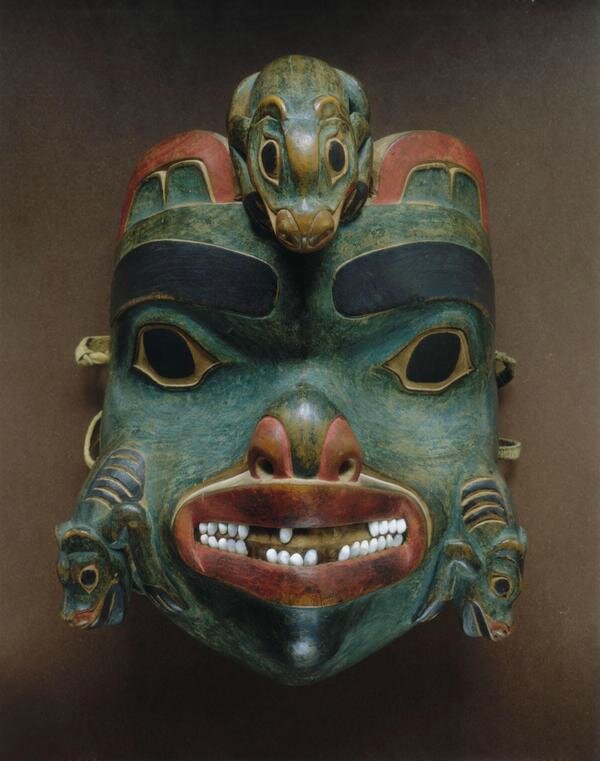
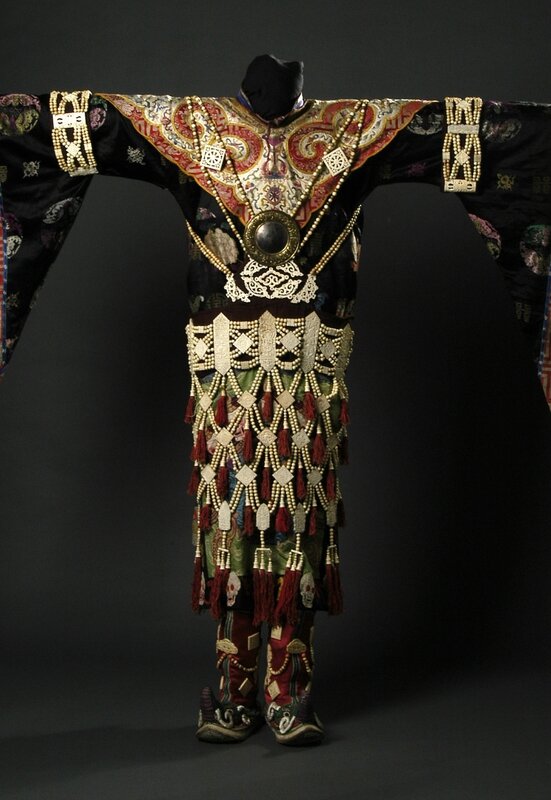



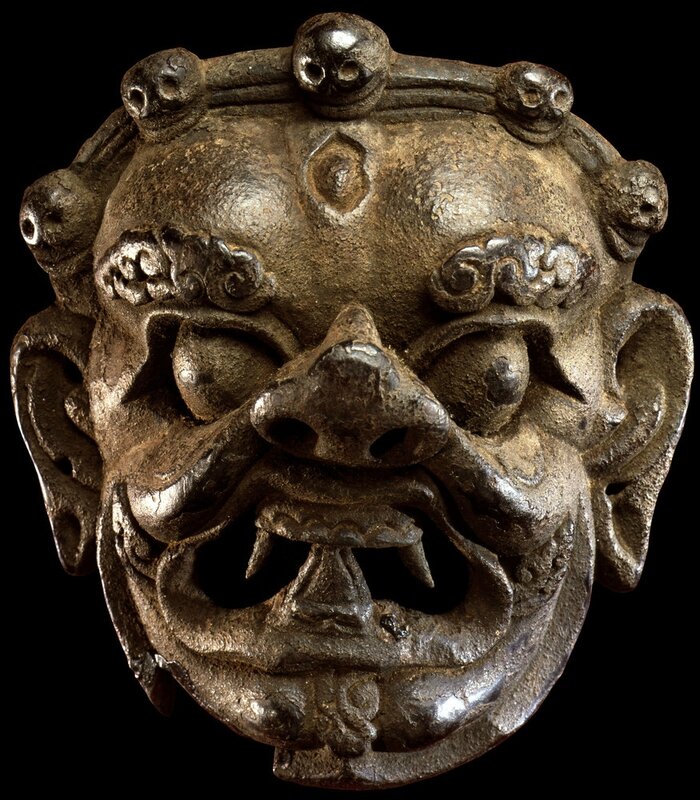








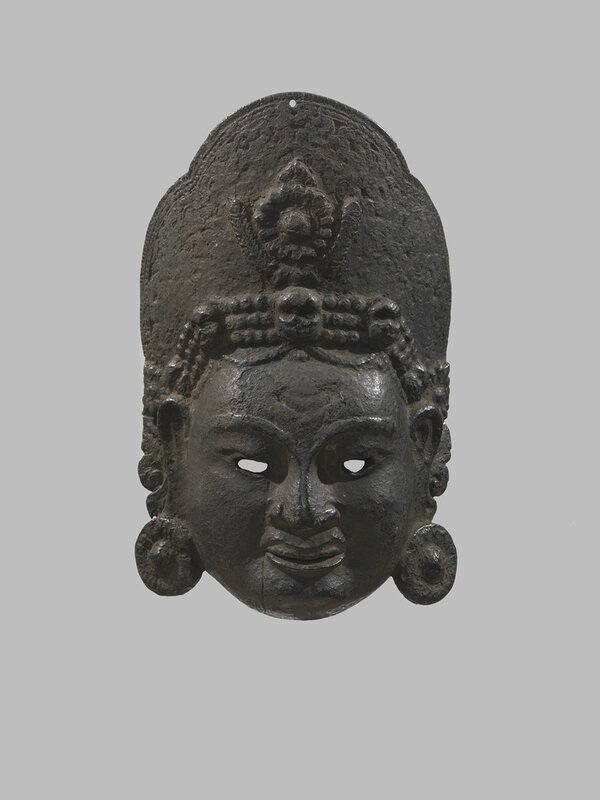

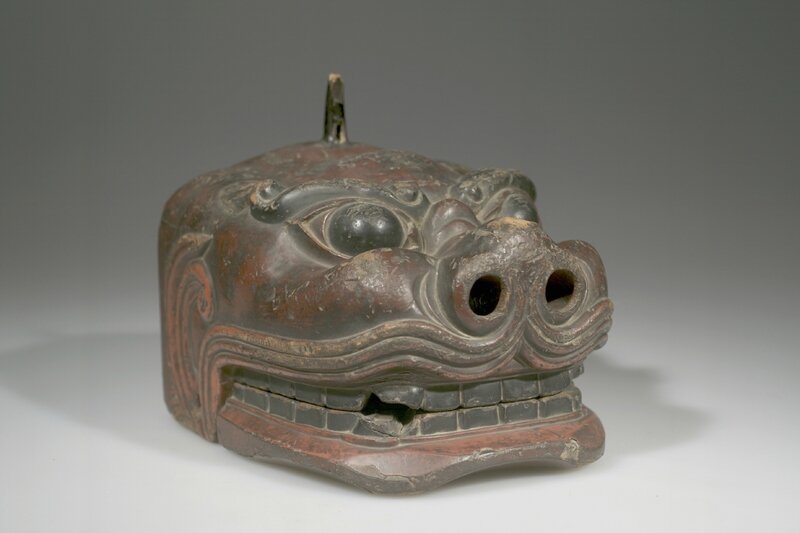







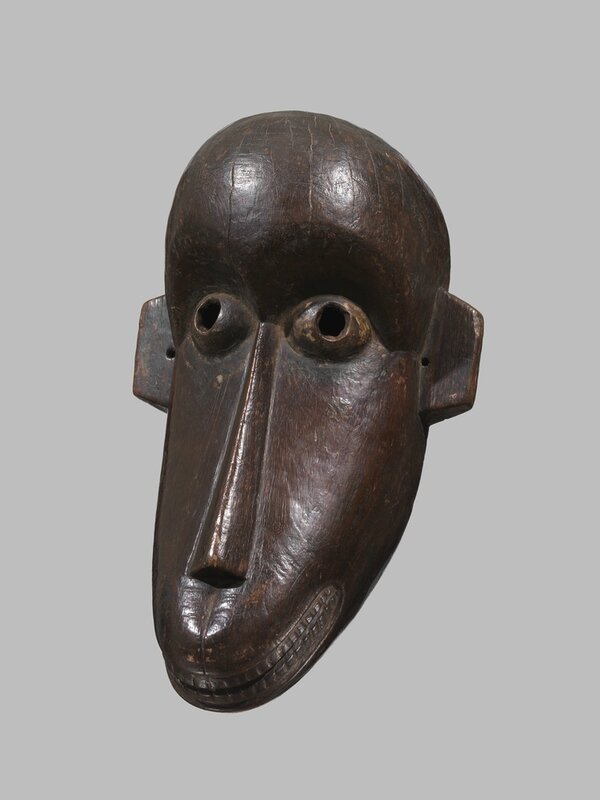
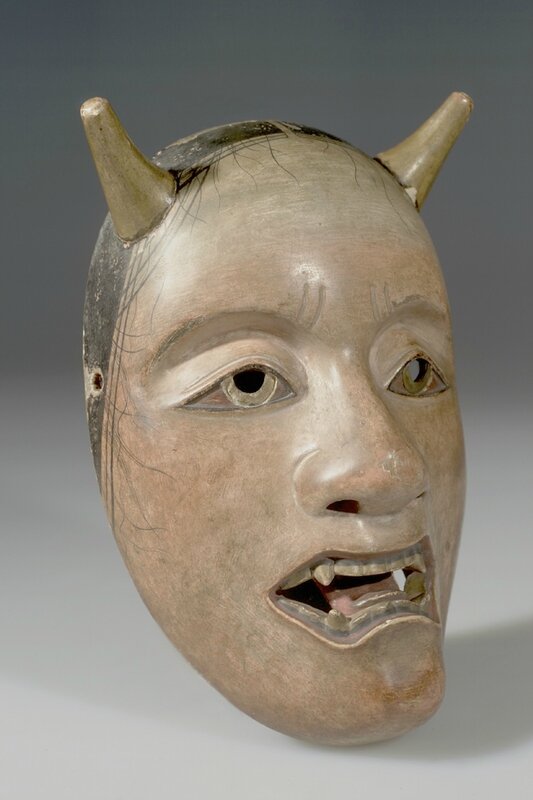


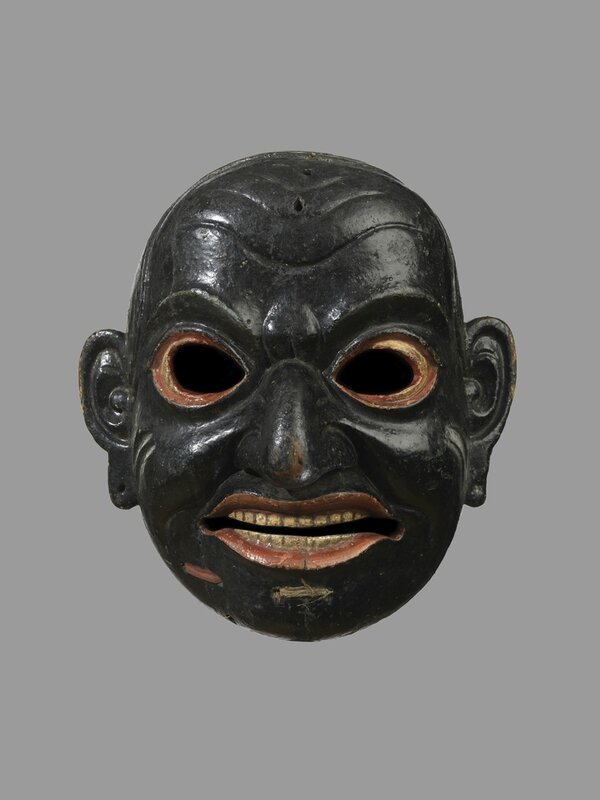


/http%3A%2F%2Fstorage.canalblog.com%2F06%2F39%2F119589%2F129007933_o.jpg)
/http%3A%2F%2Fstorage.canalblog.com%2F83%2F41%2F119589%2F128989180_o.jpg)
/http%3A%2F%2Fstorage.canalblog.com%2F65%2F49%2F119589%2F128551133_o.jpg)
/http%3A%2F%2Fstorage.canalblog.com%2F11%2F78%2F119589%2F126903004_o.jpg)